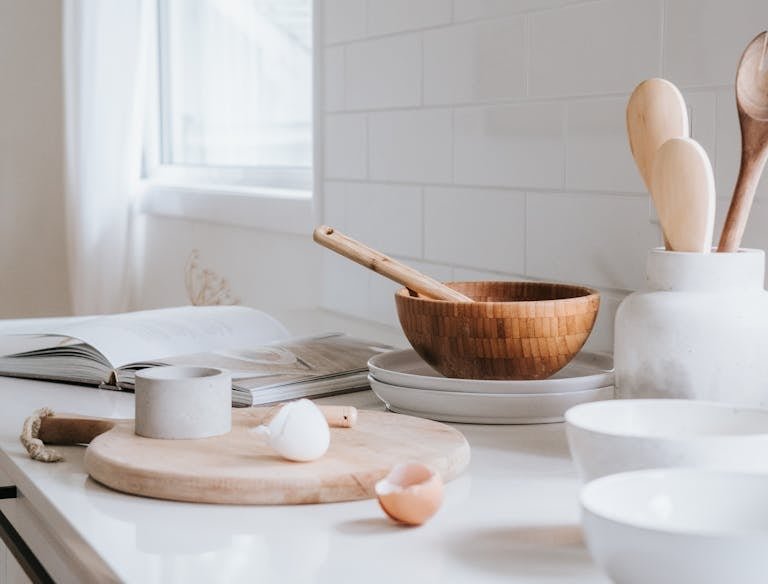How to Make Pasta Shapes at Home: A Detailed Artisan’s Guide
Discover how to make the best and easiest pasta shapes at home through our guide. We cover fettucine, farfalle and ravioli shaping techniques for at home
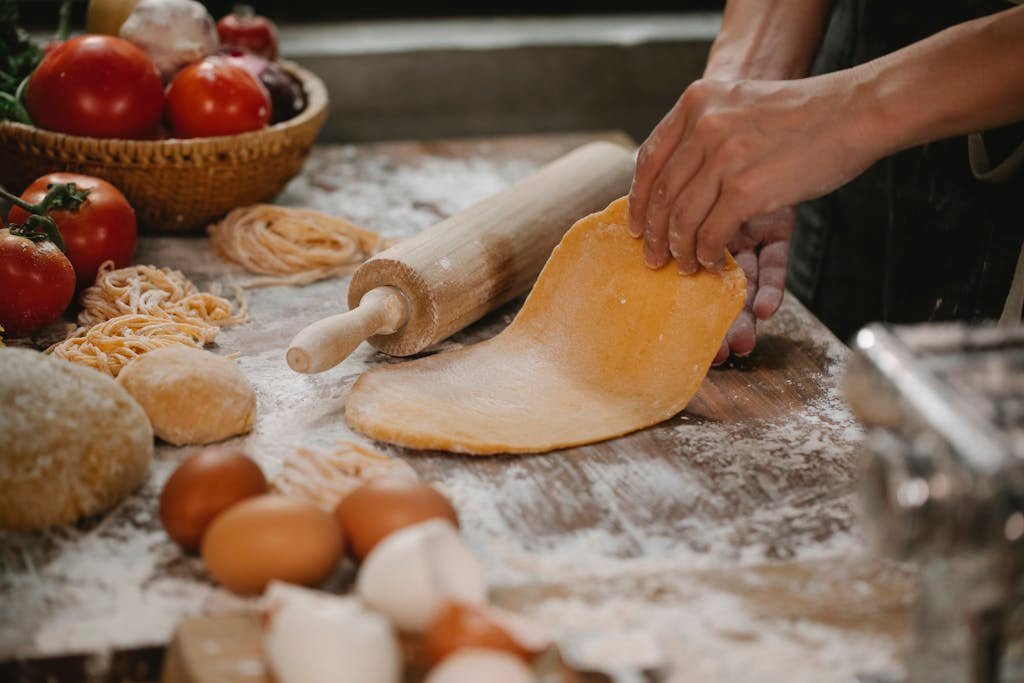
Pasta shapes is where the true magic of Italian cuisine comes to life. Each shape is more than just a pretty design – it’s a culinary art form that connects you to generations of traditional cooking. Whether you’re using your hands or a pasta machine, I’ll walk you through the most beloved pasta shapes that will transform your home cooking.
1. How to Make Fettuccine Pasta Shapes
Difficulty Level: Beginner
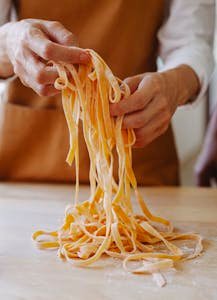
Fettuccine is the perfect starting point for aspiring pasta artists. Here’s how to create these classic ribbons:
- Roll out your pasta dough into a thin, almost translucent sheet
- Lightly dust the surface with flour to prevent sticking
- Fold the sheet loosely, creating gentle layers
- Using a sharp knife, cut strips about 1/4 inch wide
- Gently unfurl the strips, shaking them loose
- Hang to dry slightly or cook immediately
Pro Tip: Consistency is key! Try to maintain an even width for professional-looking pasta.
2. How to Make Farfalle Pasta Shapes (Bow-Tie Pasta)
Difficulty Level: Intermediate

These adorable bow-tie shaped pasta are surprisingly simple to create:
- Cut your pasta sheet into small rectangles (about 1.5 x 1 inch)
- Pinch the center of each rectangle to create the characteristic bow-tie shape
- Gently press the center to ensure it holds its shape
- Use your fingers to slightly ruffle the edges for a more authentic look
Insider Trick: Slightly dampen the center with water to help the pasta hold its shape during cooking.
3. How to Shape Ravioli Pasta
Difficulty Level: Advanced
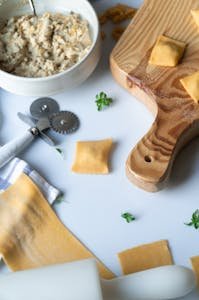
Ravioli requires patience but offers ultimate culinary satisfaction:
- Roll out two thin, even pasta sheets
- Place small dollops of filling (cheese, meat, or vegetable) on one sheet
- Leave about 1 inch between each filling portion
- Carefully lay the second sheet on top
- Press around each filling mound, removing air bubbles
- Cut into squares or use a ravioli cutter for decorative edges
- Crimp edges with a fork to seal completely
Secret Technique: Use a pasta wheel or sharp knife to create clean, precise edges.
Pasta Machine Shaping Techniques
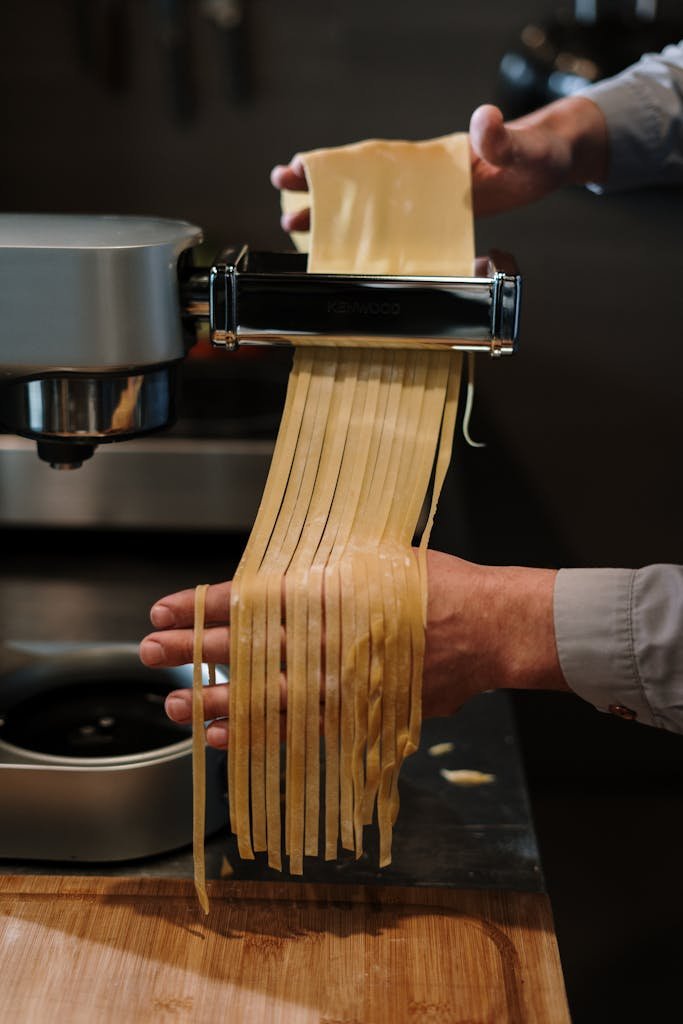
Machine vs. Hand Rolling
While hand-rolling connects you to tradition, a pasta machine offers:
- Consistent thickness
- Faster preparation
- Easier long pasta creation
Basic Machine Shaping Steps
- Divide your dough into manageable portions
- Flatten into a rough rectangle
- Start at the widest machine setting
- Fold and re-roll several times to develop gluten
- Gradually reduce machine settings
- Finish with desired thickness (usually setting 5-6)
Creating Different Shapes with a Machine
Spaghetti
- Roll pasta to desired thinness
- Use the spaghetti cutting attachment
- Catch strands and dust with flour
- Hang to dry slightly before cooking
Linguine
Similar to spaghetti, but wider cutting attachment
Perfect for seafood and cream-based sauces
Troubleshooting Common Shaping Issues
Dough Too Dry
- Add water, one teaspoon at a time
- Knead thoroughly
- Let rest for 10 minutes
Dough Too Wet
- Dust with additional flour
- Let rest to absorb moisture
- Avoid over-flouring, which makes pasta tough
Regional Pasta Shape Variations
Different Italian regions boast unique pasta shapes:
- Liguria: Trenette (narrow, twisted noodles)
- Emilia-Romagna: Tortellini (small, filled rings)
- Sicily: Busiate (spiral-shaped pasta)
Pro Tips for Perfect Pasta Shaping
- Always work on a clean, lightly floured surface
- Keep dough covered when not working to prevent drying
- Use a spray bottle to manage dough moisture
- Practice makes perfect – don’t get discouraged!
Equipment Recommendations
Hand Shaping
- Wooden surface
- Sharp chef’s knife
- Pasta wheel
- Bench scraper
Machine Recommendations
- Marcato Atlas Pasta Machine (Best Overall)
- KitchenAid Pasta Roller Attachment
- Imperia Pasta Maker
Final Thoughts
Pasta shaping is an art that improves with practice. Each misshapen noodle is a step towards mastery. Embrace the imperfections, enjoy the process, and most importantly, have fun creating delicious, handmade pasta!
Your Challenge
Try creating one new pasta shape each week. Document your journey, share your successes (and hilarious failures), and become a true pasta artisan!


